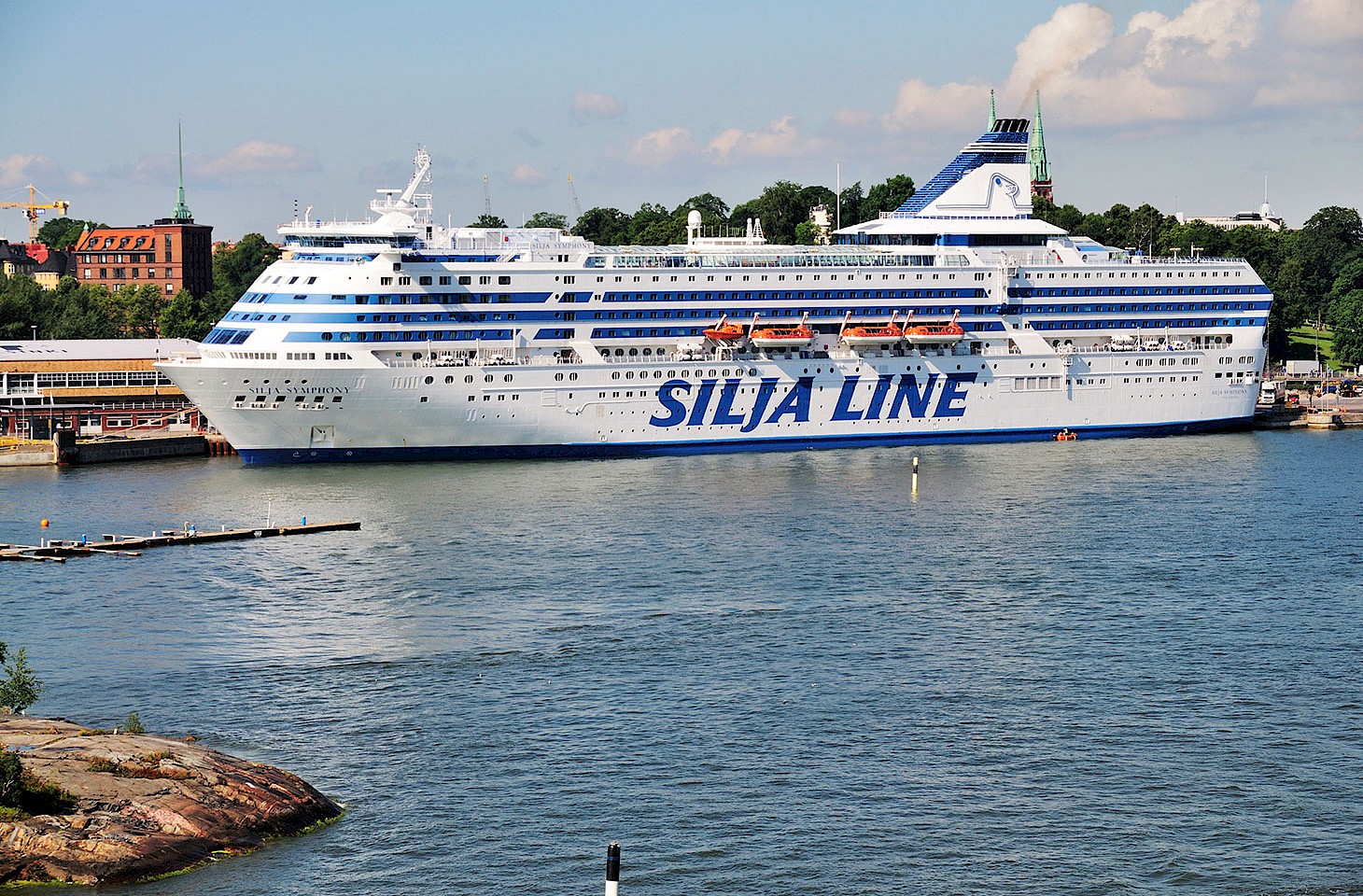Travel east from the Cap de Nice towards Italy, and the rugged line of the Riviera coast is dominated by three beautiful capes. These are blessed spots, quiet havens that afford some respite from the traffic and crowds that fill the beachfront boulevards of the coast's fashionable resorts. The capes are places where men and women of means have created their own private utopias. Many are walled enclosures just like the monasteries and convents of old. But the gardens of the Riviera capes are less saintly. They are places for more earthly delights.
The first cape is Cap Ferrat with the lavish Villa Île-de-France constructed for the eccentric Béatrice Ephrussi de Rothschild in the early years of the last century. Slightly further east, midway between Monaco and Menton is Cap Martin, a promontory that rivals Cap Ferrat in having had an impressive roll-call of rich and famous visitors over the last one hundred years. Cap Martin also has its extraordinary villas, of which the most striking is the Villa Cypris that, like the Ephrussi villa at Cap Ferrat, was built in the early twentieth century. The Villa Cypris gardens boast a remarkable Moorish pergola that affords dramatic views over the Mediterranean.
Some day men will cultivate their happinesses in gardens, a great variety of beautiful happinesses, happinesses all year round. Such things are not for us. They will come.
(from HG Wells, 'Meanwhile', 1927 - a novel set in the Hanbury Gardens)
The last of the three capes is the most subtle of them all. Capo Mortola, just a stone's throw over the border into Italy, is less assertive than Cap Ferrat or Cap Martin, playing gently with the Mediterranean, rather than pushing out aggressively into the waves. Menton to the west, San Remo to the east, and everywhere the salty tang of the sea. On clear winter days, Corsica's snowy mountains rise up above the horizon away to the south. During the summer, warm dry winds from the Sahara scorch the rough mountainsides of the Ligurian coast. When Thomas Hanbury arrived on the Riviera in 1867, he was only thirty-five years old. But business success in Shanghai had left Thomas flush with funds, and he could take his pick of any property on the Riviera. He chose Mortola over either of the two French capes further west. This is the story of Thomas and his garden at La Mortola.


